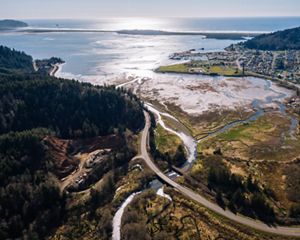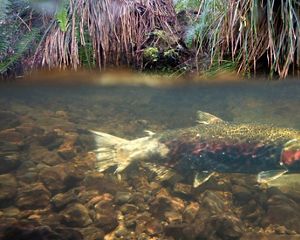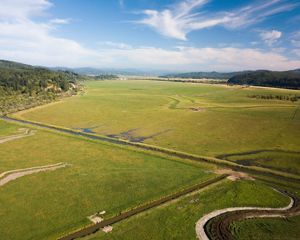Six Things to Know about Water in Oregon
Finding Solutions to the Increasing Imbalance Between Supply and Demand
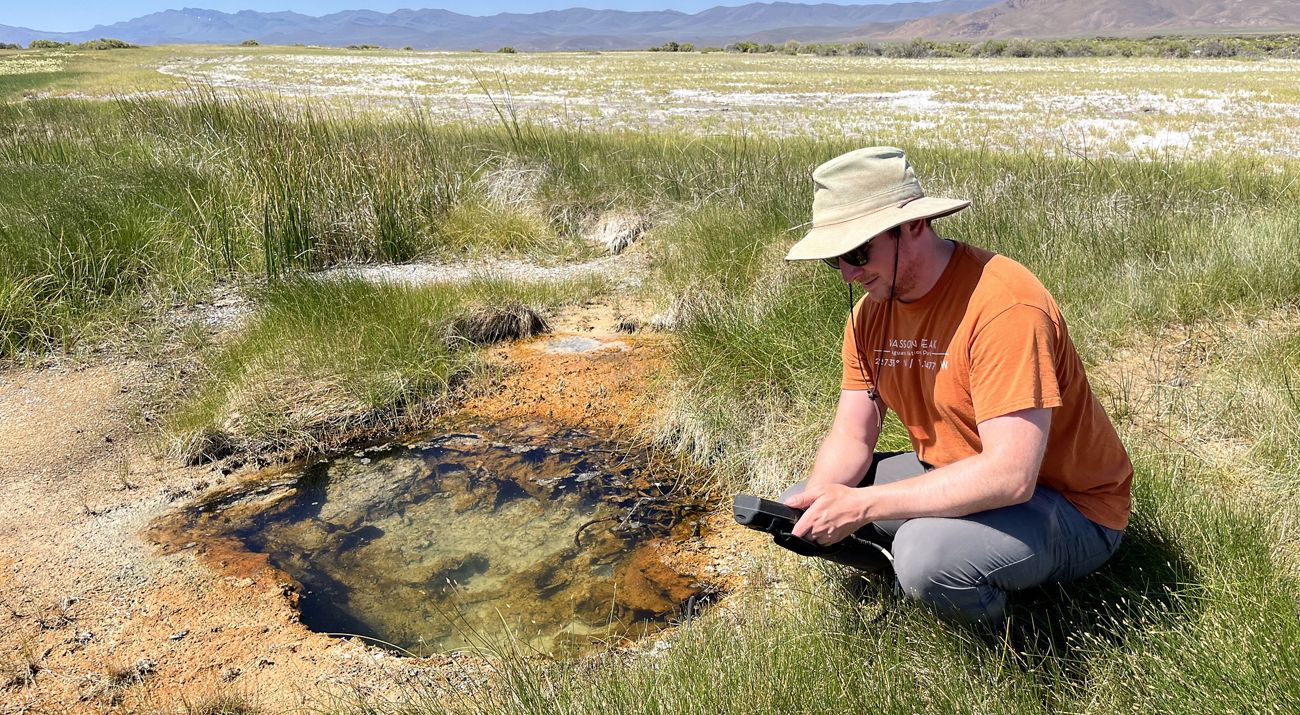
In Oregon, water is everything: it supports our fish and wildlife, it’s our most important economic asset and it’s critical for healthy communities. Despite its importance, it’s a poorly understood resource—and this is even more true for groundwater. We’re running out of usable water, a problem deepened by overallocation, aging infrastructure, growing demand and climate change. Here’s what you need to know about water in Oregon and what The Nature Conservancy is doing to help secure sustainable drinking water by 2040 for the 70% of Oregonians who rely on groundwater for drinking.
1. Across the state, many communities don’t know whether they are using water sustainably.
The Nature Conservancy is helping to fill these gaps by successfully advocating for a statewide study to understand water “budgets” as well as leading a first-of-its-kind study to measure groundwater renewability across Oregon.

2. Part of the reason Oregonians don’t know whether they are using water sustainably is that water use is rarely measured in the state.
Fewer than 17% of all water rights in Oregon have any measurement requirement, and until recently, state regulatory agencies couldn’t ask for those measurements. The Nature Conservancy is helping to proactively address water management by supporting a new policy passed by the Oregon Legislature that allows the state to require reporting of water use measurements. We’re also testing multiple water measurement methods at Trout Creek Ranch in southeast Oregon to be able to provide recommendations and best practices.
Quote: Zach Freed, Water Strategy Director
Water is part of our way of life in Oregon. We need to find solutions to an increasing imbalance between water supplies and demand. The Nature Conservancy is working with agency partners, tribes and local communities to protect this incredible resource and plan for our future water needs.
3. Most streams and rivers in Oregon are overallocated: the water rights given out far exceed the available water.
This is especially apparent in summer, when water levels are low and demand is high, and our best climate forecasts tell us that this imbalance will continue to get worse. To start to address this problem, we’re collaborating with the Oregon Water Resources Department to implement the state’s first-ever Groundwater Conservation Reserve Enhancement Program in the Harney Basin—a voluntary program for water users to be compensated in return for using less. The program could save enough water to fill 25,000 Olympic-sized swimming pools each year.
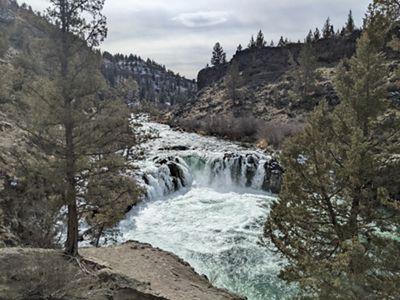
4. Oregon has a history of addressing drought and water insecurity after the fact, rather than proactively.
However, communities are starting to plan together for their water needs in the future. The Nature Conservancy has been participating in a pilot effort for collaborative planning in the Harney Basin since 2017. The community developed Oregon’s first voluntary groundwater plan, which is being reviewed by state agencies. After the success of the pilot effort, we advocated to make the Place-Based Water Planning program permanent; it passed in the 2023 legislative session.
5. To adapt to a changing climate, fish and wildlife need our help now more than ever.
The Nature Conservancy is partnering with Portland General Electric to administer the Salmon Habitat Support Fund—a grant program to empower nonprofits to conserve and restore habitat for salmon and other anadromous fish. Together we have conserved more than 360 miles of rivers and streams and 475 acres of habitat for fish and wildlife through this program.
6. The Nature Conservancy is working with partners to secure a sustainable water future for ecosystems, communities and livelihoods.
We get more done when we work together. We have joined forces with six other statewide conservation organizations to establish the Oregon Water Partnership, a coalition dedicated to tackling Oregon’s toughest water challenges. In 2022, the Oregon Water Partnership helped secure a first-of-its-kind state investment of $25.6 million in proactive drought resilience programs for aquatic ecosystems.
In the face of a changing climate, we need to continue these efforts to plan for Oregon’s water needs into the future. By working together and taking action now, we can protect critical drinking water as well as water resources for communities and biodiversity.
